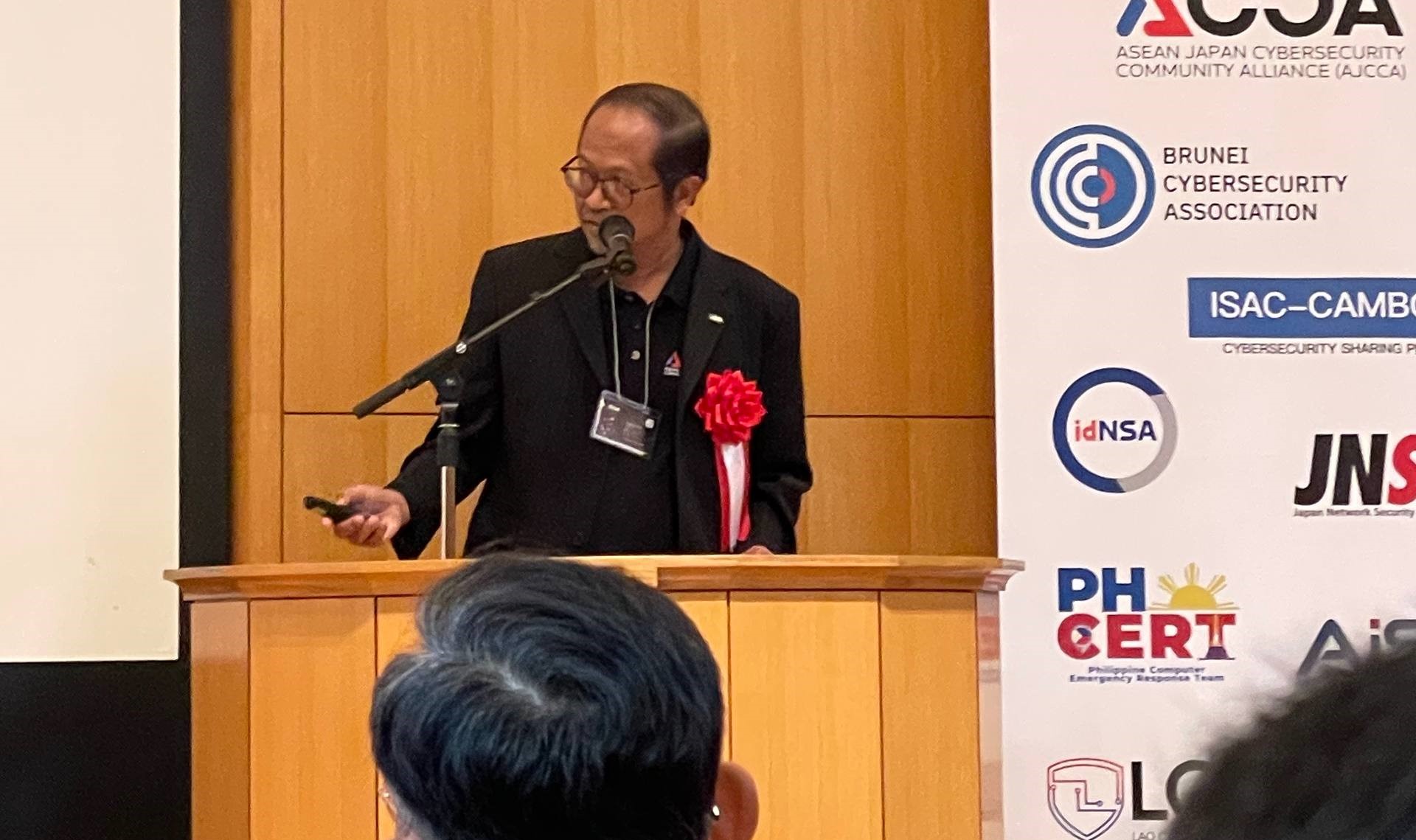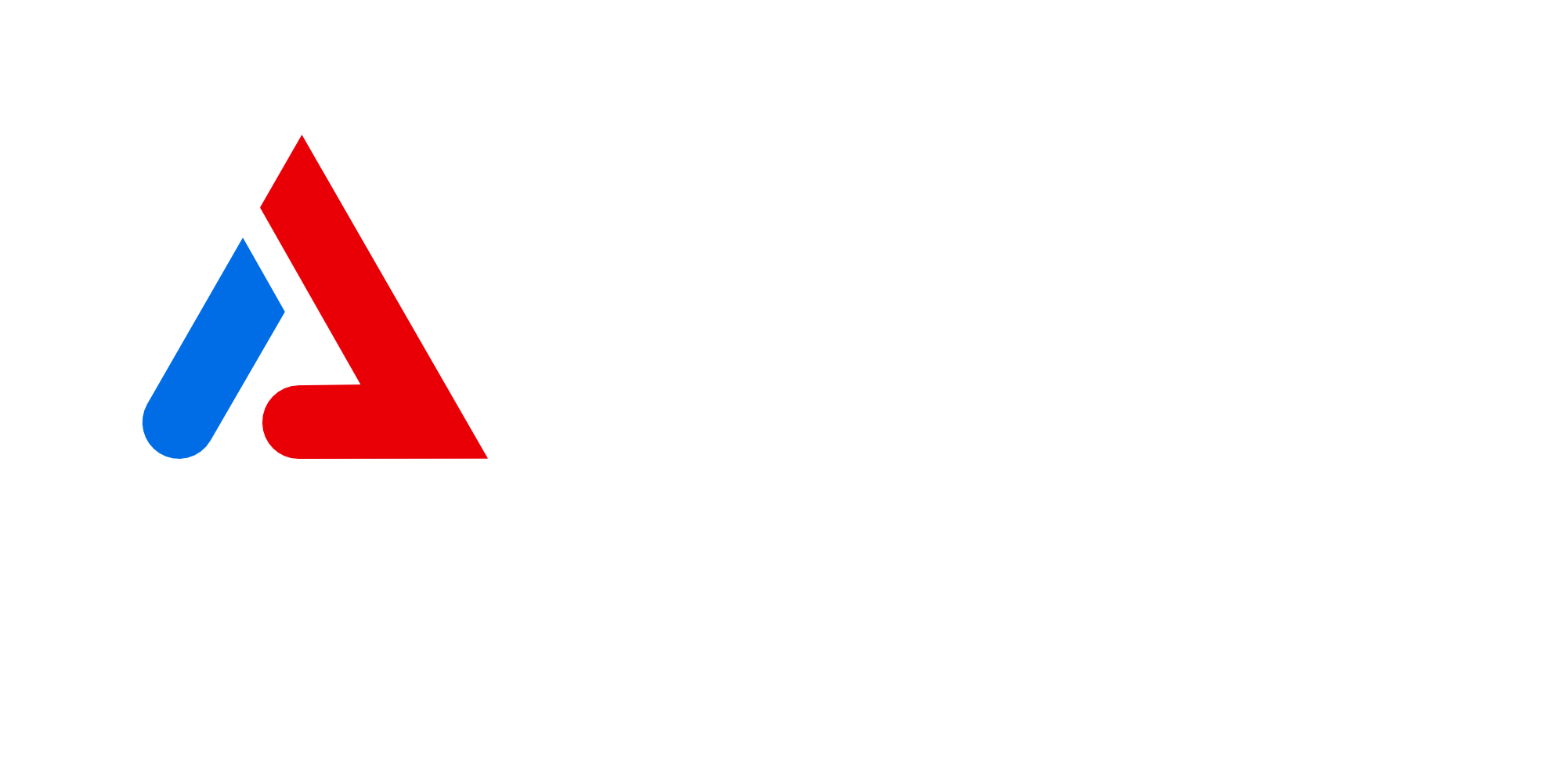Three Interlocking Pillars of Cyber Resilience

Tokyo, Japan — October 10, 2025
At the 2nd ASEAN–Japan Cybersecurity Community Alliance (AJCCA) Conference held Today in Tokyo University, Rudi Lumanto, Chairman of AJCCA, outlined a comprehensive vision of cyber resilience founded on three interlocking pillars: Collaboration, Capacity, and Connectivity.
In his keynote address, Rudi emphasized that these three pillars are essential for sustaining cybersecurity strength in an era of evolving threats and increasing interdependence. To illustrate his point, he referred to two major cybersecurity incidents that shook the world: the Kaseya VSA ransomware attack and AI-driven deepfake fraud.
“The Kaseya case showed us that one flaw in the supply chain might not come from your immediate vendor—it could come from someone further upstream,” Rudi said. “It also demonstrated how ransomware, once aimed at single organizations, can now be weaponized via the supply chain to hit many at once.”
He explained that Collaboration means much more than simply exchanging information.
“It means synergized programs and shared strategies — threat intelligence networks, joint exercises, regional coordination — so that everybody rises together,” Rudi noted.
In the Kaseya incident, organizations that already had networks of trust and communication were able to detect and respond faster, proving the power of pre-established collaboration.
Moving to the second pillar, Capacity, Rudi stressed that collaboration provides reach, but capacity provides strength — and today, that capacity must be powered by artificial intelligence (AI).
“AI enables us to process vast volumes of log data, spot anomalies, forecast threat vectors, and automate responses,” he said. “In the Kaseya case, behavioral analytics — a form of AI — played a key role in identifying the attack patterns. By building capacity with AI, we become smarter, faster, and more adaptive.”
The third pillar, Connectivity, recognizes that we now live in a hyperconnected era where digital interdependence spans across nations, organizations, and supply chains.
“Secure connectivity today means securing the entire supply chain,” Rudi explained. “The Kaseya incident showed that a single vulnerability in one vendor’s software can touch hundreds of organizations. Strengthening secure connectivity means vetting suppliers, monitoring dependencies, establishing resilient fallback paths, and ensuring trust across every link.”
In the Opening Speech, Yoichi Ida, Director of Japan’s National Cyber Office, also emphasized the importance of collaboration and international cooperation — particularly in operational contexts. He showed a recent example of a joint operation among 13 countries that successfully countering a state-backed actor compromising networks worldwide for espionage purposes.
“The lesson is clear,” Rudi concluded. “Cyber resilience is not built in isolation. It’s forged through collaboration, powered by capacity, and sustained by connectivity. Together, these three interlocking pillars form the foundation of a safer, more resilient digital future for ASEAN and Japan.”
The conference gathered cybersecurity leaders from ASEAN member countries and Japan, government representatives, and industry experts, all reinforcing AJCCA’s role as a regional platform for trust, cooperation, and collective defense in the digital domain.

